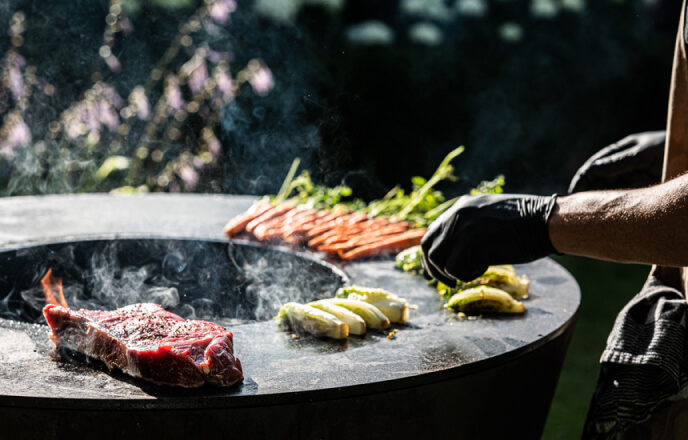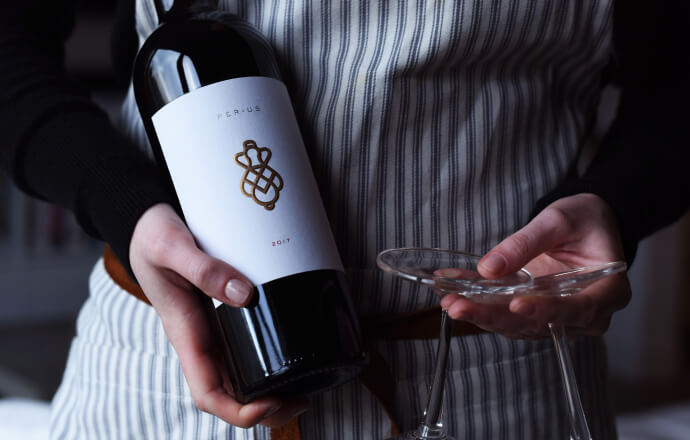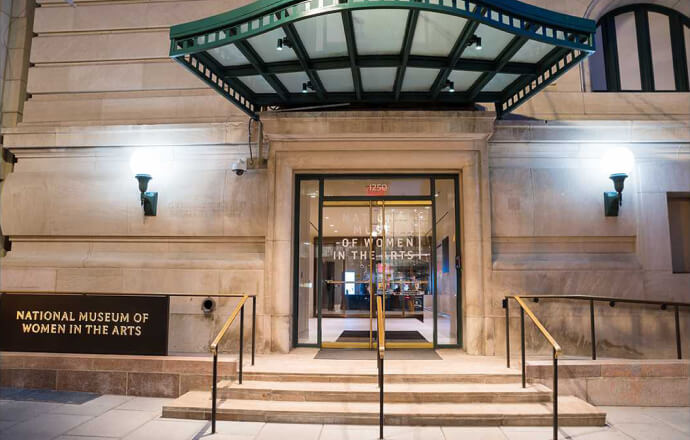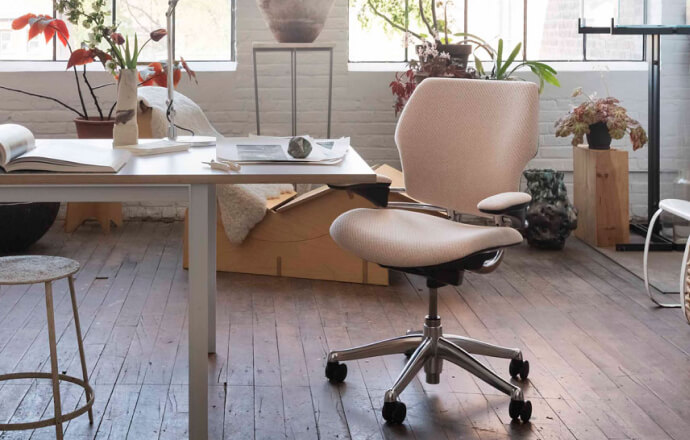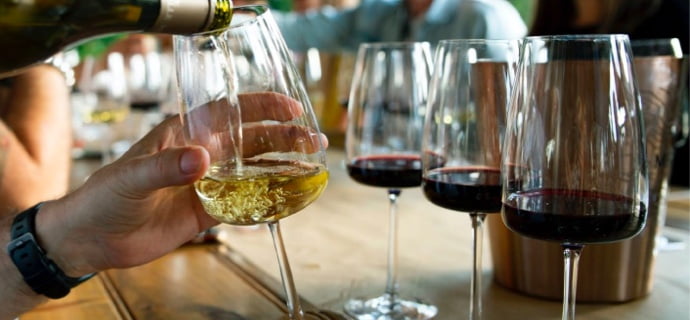LIFESTYLE
The Insider's Guide to Wine Tasting
Contrary to popular belief, you don't have to be innately gifted to become an expert wine taster. As long as you've got eyes that see, a nose that smells, a tongue that tastes and a desire to learn, you are all set.
Tasting wine and learning to verbalize that experience is no different than anything else in life; the only way to get better at it is to practice. Sign up for a wine club to have a few new bottles selected by wine aficionados to experiment with every month.
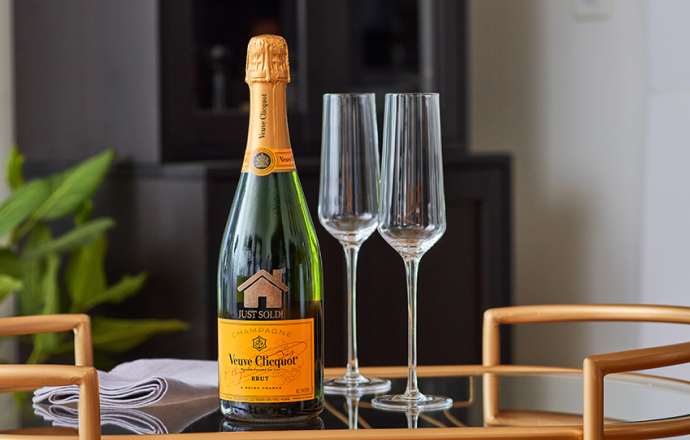
FEATURED OFFER
ReserveBar
Receive $25 off purchases of $125+ or $50 off purchases of $250+.
Whether you are tasting wine in a formal setting or just enjoying it with friends, take a couple of seconds to describe the sensations that are elicited by the contents of your glass. Especially when blind tasting, your ability to recall previously tasted wines is a huge factor, so writing notes and going over them the next day is extremely helpful. When you are done, you should be able to tell the type of the wine you tasted by just reading what you have written. This practice is similar to working a muscle; the more you work it, the bigger it gets.
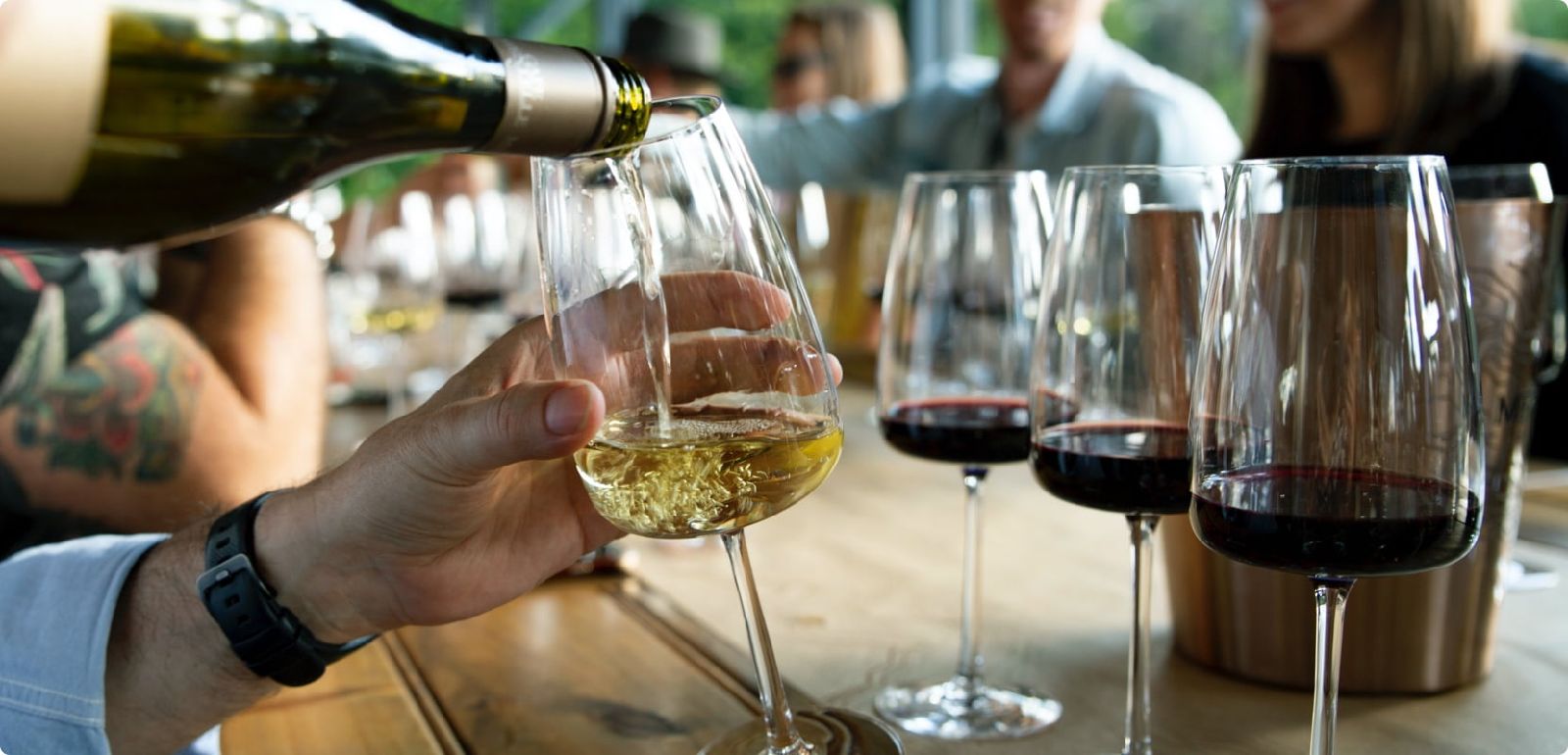
Here is a helpful guide to composing your tasting notes:
Sight
Sight might be the least helpful when it comes to wine tasting, but it will still give you some clues as to what grape it could be and how old the wine is, especially when tasting red wine. Look at the wine in the glass, then swirl it and notice the legs - these are the rivulets that run down the side of the glass. Red wine starts out purple, then moves to ruby, red, brick and finally brown as it gets older. Also take note of the viscosity, as this will help confirm the weight on the palate. Don't get too hung up on the legs; just take note of how prominent they appear.
Smell
This sense is perhaps the most important. We have the ability to distinguish over a thousand aromatic compounds, and certain grapes show specific aromatics, making smell wildly helpful. Check for the ripeness of the aromatics in every glass as it comes close to your nose. Riper aromas will give a good indication of warmer climates, and vice versa. Also, it is important to note the maturity of the fruit. Are the aromas still primary? Or have they evolved secondary and tertiary characteristics? Secondary and tertiary characteristics - notes such as leather, cigar tobacco and tar - can indicate an older vintage or a wine that's mature despite its chronological age.
Palate
This part, when assessed correctly, is the most helpful in describing a wine to someone. Does it feel more like water or more like cream? Does the wine feel angular on the palate or round and smooth? Also take note of how dry the wine is and how much you can feel the alcohol, as these indicate its origin and variety.
Conclusion
The finish of wine might be the most important quality. After all, if you are drinking a $100 bottle, you should let that delicious flavor linger for a while! You also want to take what you have written down qualitatively and transform it into a brief tasting note. This is what you will ultimately remember, and it can help you buy wine that you suspect you'll like even when you've never had it before. It's also fun to impress your friends with your newfound skills.
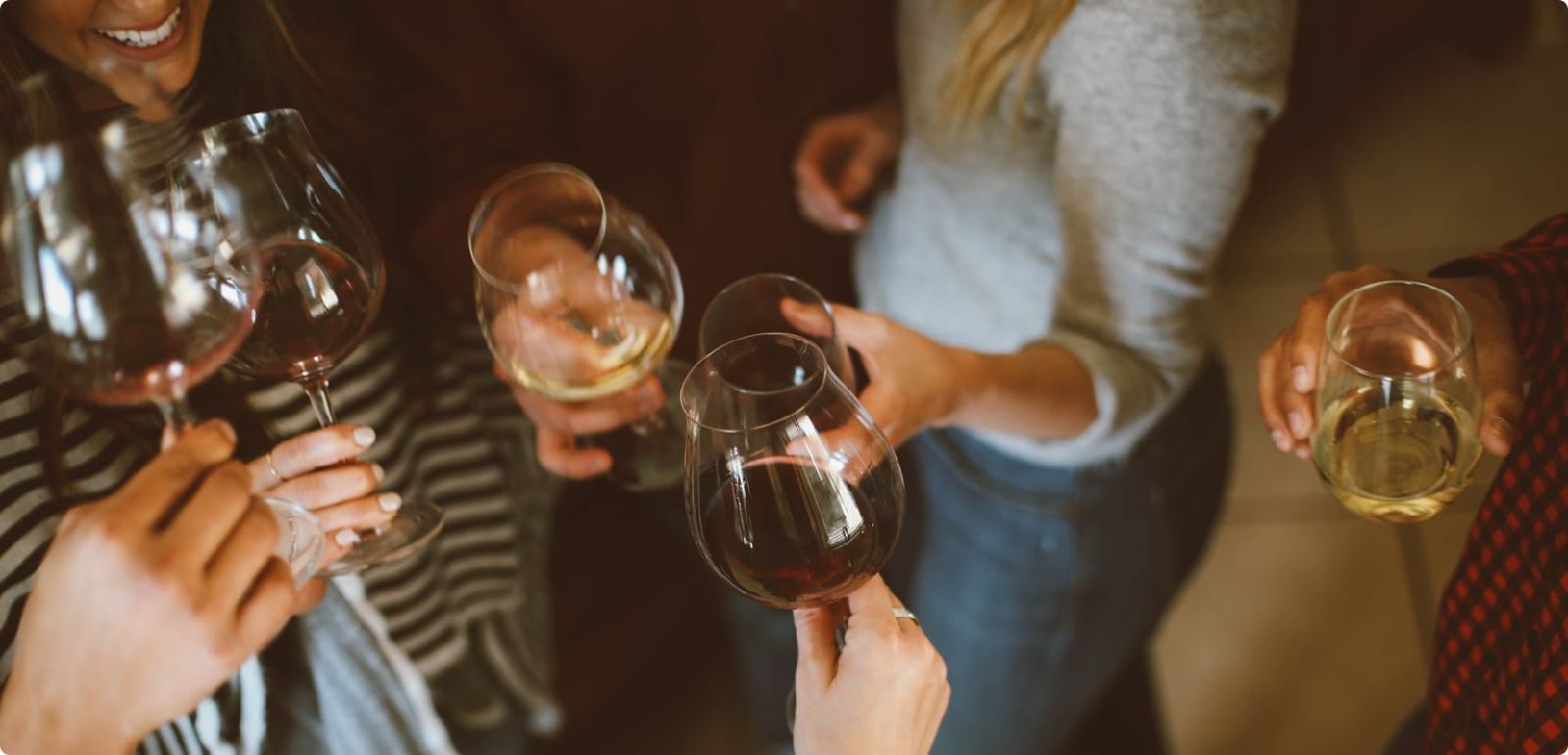
Ready to put your skills to the test?
Invite a few friends over for your own private wine tasting. Start by ordering a few bottles from YourWineStore’s extensive selection. With wines from over 45 wineries, you can compile a unique and diversified selection to impress your guests. For some educational background, gather some quick facts from YourWineStore’s blog, which features “Wine 101” articles and pairing recommendations.
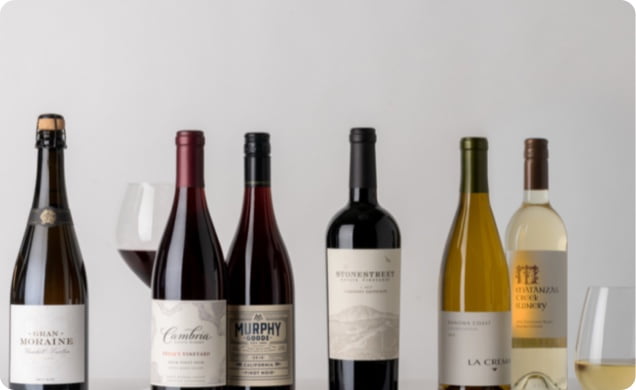
FEATURED OFFER
YourWineStore
Morgan Stanley Reserved members receive $50 off wine orders of $250 or more.




